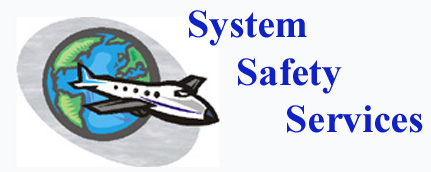
![]()
Our Mission: "To assist
our clients in developing the best possible Safety System to meet their needs".
|
|
|
Human Performance in Aviation (HPIA)
This two day workshop was designed as a result of many companies sending their pilots to the maintenance workshop. As a result, HPIA was created and is a combination of crew decision making and the maintenance workshop. These two workshops had about 70% in common as maintenance and pilots are both human. Participants will learn what they can do to avoid making the error that no one ever intends to make. The workshop is designed to be entertaining as well as informative and covers the following chapters: A set of "Flight Crew Dirty Dozen" posters with the appropriate "Safety Net" reminders have been developed to help maintain the awareness that the workshops will provide. See examples at bottom of this page.
Crew Decision Making - Part 1 This two-day workshop is part 1 of a 3 part series and was designed by aviation personnel for multicrew flight operations but can be attended by any aviation personnel. It is highly interactive and helps answer why a conscientious person can end up causing an accident. Participants will learn what they can do to avoid making the error that no one ever intends to make. The workshop is designed to be entertaining as well as informative and covers the following chapters: A set of "Dirty Dozen" posters with the appropriate "Safety Net" reminders have been developed to help maintain the awareness that the workshops will provide. See bottom of this info.
As with all our workshops we offer this guarantee: "If at the end of the workshop, any persons feels that it was a waste of his/her time, we will refund the fee minus only expenses."
|